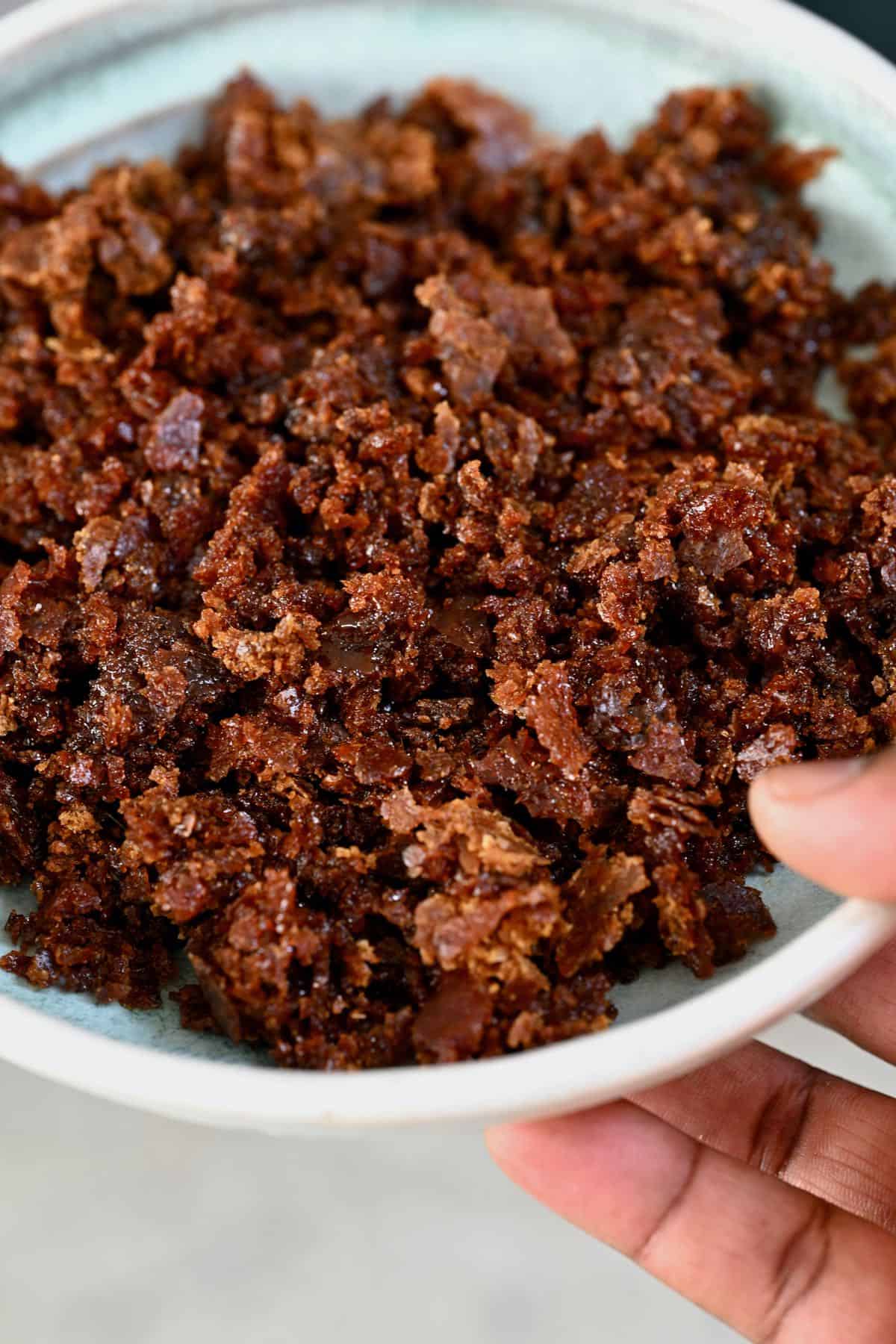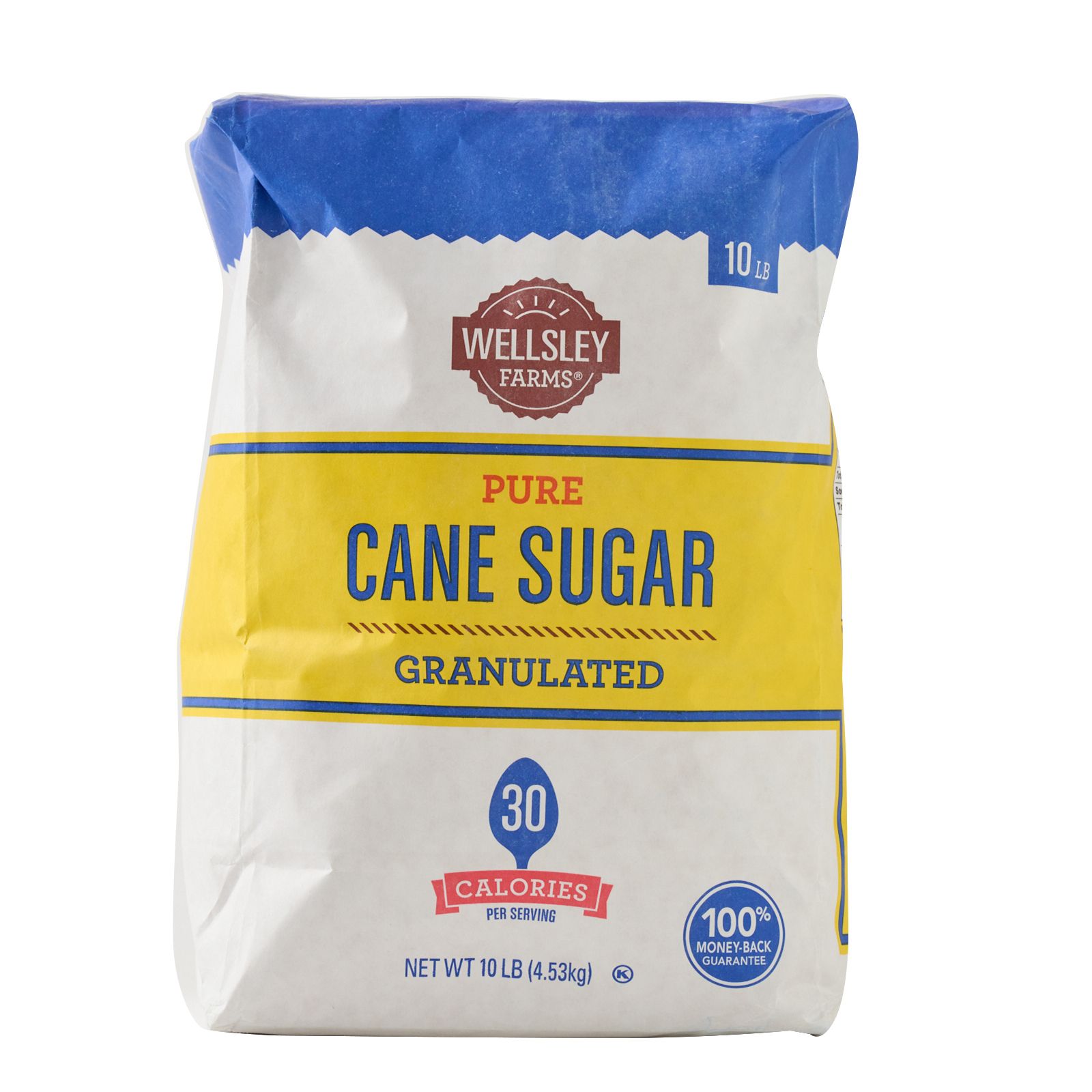Cane Sugar Processing: From Field to Table-- A Step-by-Step Guide
Cane Sugar Processing: From Field to Table-- A Step-by-Step Guide
Blog Article
Comprehending the Critical Methods and Technologies Used in Modern Cane Sugar Processing
The development of walking stick sugar processing has been considerably shaped by the combination of sophisticated techniques and technologies that deal with both efficiency and sustainability. As we explore these crucial developments, it becomes important to analyze how they not just boost manufacturing however likewise align with broader sector fads and consumer demands, raising inquiries concerning the future of sugar processing and its implications for international markets.
Historic Context of Walking Stick Sugar Processing
The historic context of cane sugar handling exposes a rich tapestry of farming advancement and cultural exchange that has actually shaped its growth over centuries. The process of removing and fine-tuning sugar gained momentum in India, where approaches for condensation were perfected around the Sixth century.

Advanced Extraction Methods
Performance in walking stick sugar removal has seen considerable advancements, driven by the requirement for greater returns and reduced production expenses. Conventional methods have evolved, paving the way to innovative technologies that enhance the efficiency of the extraction process. One significant advancement is using enzyme-assisted removal, in which specific enzymes break down cell walls and launch even more sucrose from the walking cane fibers. This technique not only enhances sugar return yet additionally reduces the energy required for processing.
Additionally, the adoption of membrane layer filtration technologies, such as nanofiltration and reverse osmosis, has transformed the separation of sugar from impurities. These methods allow for the selective permeation of sugar molecules while retaining larger contaminants, streamlining the extraction process and minimizing waste.
Moreover, the integration of continuous removal systems has led to improved functional performance. Cane Sugar Processing. These systems preserve a continuous flow of cane product, making certain optimum extraction conditions and reducing downtime connected with set processing
Cutting-edge Refining Technologies
Refining methods in cane sugar handling have undertaken a transformative shift, driven by the demand for greater purity and boosted item quality. Among one of the most notable technologies is the adoption of membrane layer filtering technologies, such as ultrafiltration and nanofiltration. These procedures efficiently get rid of impurities and colorants without the demand for comprehensive chemical therapies, thus maintaining the sugar's natural taste and enhancing its allure.
Another considerable development is making use of ion exchange resins, which enable careful elimination of unwanted ions from sugar services. This modern technology not only raises the total pureness of the last product but also adds to lowered waste and environmental influence.
Moreover, developments in adsorption strategies, using triggered carbon and other sophisticated products, have actually verified reliable in decolorizing sugar options while preserving optimal get more top quality. The integration of these ingenious refining technologies ensures that producers can create polished sugar with exceptional quality and preference, satisfying the advancing choices of customers.
Automation and Control Solution
Current innovations in refining innovations have actually led the means for substantial renovations in automation and control systems within walking stick sugar processing facilities. These systems use advanced software application and hardware to boost operational performance, lower human mistake, and guarantee consistent item high quality.
Modern automation incorporates different parts, consisting of sensors, actuators, and programmable logic controllers (PLCs), enabling real-time surveillance and control of crucial procedures. As an example, temperature level, stress, and flow prices can be specifically controlled throughout removal, information, and crystallization stages, maximizing performance and lessening waste.
Furthermore, advanced data analytics and artificial intelligence algorithms see it here play a pivotal role in predictive upkeep, permitting drivers to anticipate equipment failures before they happen. This positive technique not only reduces downtime however additionally prolongs the life-span of machinery.
In enhancement, automation assists in the implementation of Market 4.0 concepts, equipping sugar mills to accomplish better connectivity and information exchange throughout procedures. Because of this, decision-making becomes more educated and active, inevitably enhancing the general competitiveness of walking cane sugar manufacturing. With these developments, the industry is well-positioned to fulfill expanding global needs while preserving operational quality.
Sustainability Practices in Sugar Manufacturing
Sustainability methods in sugar production have become progressively important as the market seeks to stabilize financial stability with environmental duty. As customer awareness expands concerning the environmental impacts of farming practices, sugar manufacturers are embracing innovative approaches to reduce their environmental impact.
One substantial approach is the application of accuracy farming techniques, which utilize information analytics to enhance resource usage, such as water and fertilizers. This reduces waste and reduces the effect on local ecosystems. Moreover, many manufacturers are transitioning to renewable resource resources, such as biomass from sugarcane by-products, to power their operations, consequently reducing reliance on fossil gas.
Water monitoring practices are additionally important; rain harvesting and efficient irrigation systems aid reduce water scarcity problems. Cane Sugar Processing. In addition, integrated bug administration methods minimize chemical usage, promoting biodiversity and soil wellness
Company social duty efforts are emerging, with companies purchasing neighborhood neighborhoods and making sure fair labor practices. By welcoming these sustainability methods, the sugar view it now market not only boosts its track record however also adds to a much more sustainable farming landscape, leading the way for future generations.

Conclusion
In summary, modern-day walking cane sugar handling incorporates a range of innovative methods and technologies that significantly boost effectiveness, yield, and sustainability. Jointly, these improvements position the walking cane sugar market to meet modern demands while attending to vital global difficulties.
The development of cane sugar processing has actually been substantially formed by the combination of innovative methods and modern technologies that address both effectiveness and sustainability.The historical context of walking stick sugar handling reveals an abundant tapestry of farming development and social exchange that has shaped its growth over centuries. Developments in milling and refining arised, laying the groundwork for contemporary walking cane sugar handling.Refining techniques in walking stick sugar handling have gone through a transformative change, driven by the demand for higher purity and enhanced item quality.In summary, contemporary walking cane sugar handling integrates a variety of innovative techniques and technologies that dramatically enhance sustainability, efficiency, and yield.
Report this page